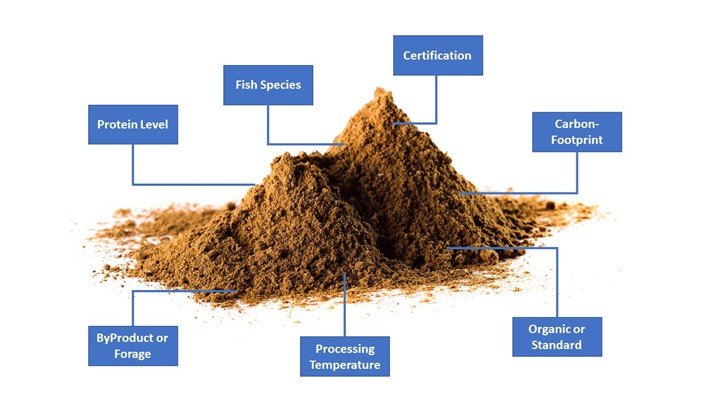This piece by Dr Brett Glencross was published in International Aquafeed magazine, October 2022 edition
A common mantra we hear among social-circles and human resource management these days is that there is “strength in diversity”. We are also seeing this as a clear trend in products across all sectors these days, as we rapidly move to a notion of the world no longer being “one-size-fits-all”. While this growth in diversity might be true for social and market dynamics, it also holds true for the process of feed formulation and ingredient development. But what do we mean by diversity in this context?
Among diet formulations, a notable trend over the past 30 years has been the substantial increase in the range of ingredients now used in feeds. Back in the 1990’s it was common to see feed formulations with a quite simple raw material profile; fishmeal, fishoil, wheat and various additives. Compare that with 2020, where we are more likely to see double to treble the number of ingredients, and we have clearly increased the diversity of our raw material profile. This growth in diversity was inevitable with the growth in the sector, there was simply not enough marine ingredient volume to continue to supply it as a bulk ingredient. Consequently, we have seen marine ingredients become a strategic resource, and we now rely on other cheaper resources to serve as bulk nutrient sources.
However, another perspective of this story is the growing diversity within ingredient classes themselves, and this evolution looks to be growing one. Let’s start with wheat, a staple ingredient in nearly all classes of animal feeds (including that of humans). Wheat these days has not only extensive diversity among the different varieties grown across the world to capitalise on the various agronomic conditions, but even within growing regions there is extensive diversity depending on the market the producer is targeting. This has led to specific breeds of wheat for different products like, bread, noodles, pasta, etc. Different products value different attributes of their ingredients. And this diversification (and importantly, segregation) has been an important evolution in increasing the profitability of that sector. We see also a similar evolution in the marine ingredients sector. Where traditionally we might have seen just a premium and standard fishmeal being produced. The diversification of raw material sourcing and the realisation that different feed sectors value different features of those products is leading to the diversification of fishmeals and fish oils for the various sectors they supply. A clear example of this is from the fishmeals coming from Peru presently, where we see more than half a dozen different grades/types of fishmeal being produced for different markets. The practice is now so entrenched that some of those products are even named after their respective markets; products like Thailand Grade and Taiwan Grade fishmeals.
So where will this “diversification” go? Based on the current trends it is likely that that we will see increasing diversification still. Growing demands on not only nutritional properties across the feed sector, but also sustainability/sourcing criteria, carbon-footprint criteria, and organic criteria across products is adding yet another point of diversification. But, as it was said earlier, “there is strength in diversity”.









